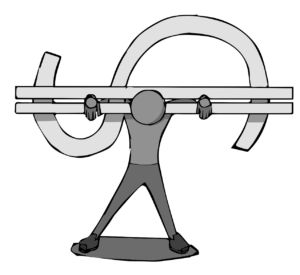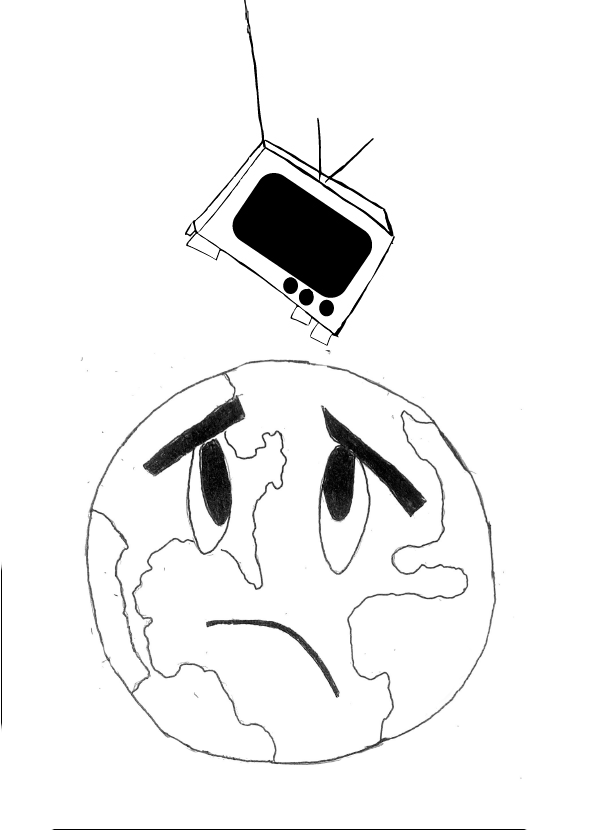
A Bernie Sanders sticker half scraped off a bumper. A handful of beaten sound bites. These are the only remains of a campaign that never stood a chance. Yet even months after the rubble settled, one of Sanders’ talking points still echoes on the lips of late night talk show hosts and politicians: free college education. While it failed to survive the passage of time, the extremity of this policy paired with its popularity among Sanders’ constituency serves to reflect the direness of the times; young adults graduating from college today are more heavily burdened with student debt.
In part, this is evidence of changing times. But as the statistics will show, much of it is also due to a lack of financial literacy among millennials. The free college slogan and the severity of student loan debt are just symptoms of this economic ignorance; the sickness spreads much farther. Financial literacy is essential to be a successful adult who files taxes, saves money, invests for the future, plans for the worst and does it all without being blindsided.
To high schoolers, taking out student loans is the most immediate example of financial decision-making. Most students will have to take out loans long before they study economics in college. That has its costs; financial literacy in the United States is pitiful. Less than 20 percent of high schoolers know what a 401(k) is, and only 32 percent know how credit card interest and fees function, according to a survey by investment company Charles Schwab in 2013.
These uninformed high schoolers can’t go on to be uninformed borrowers without putting themselves in financial jeopardy. To make good decisions, students need to take initiative. They need to start pursuing financial education independently. Why? Let me be frank: there is no excuse for being uninformed. Students who make bad financial decisions can’t point fingers at a school system that offers Accounting 1-2 from sophomore year, Advanced Accounting 3-4 all subsequent years and economics in senior year.
Of course, for many students, these courses don’t fit into their schedules. Even so, students are accountable for their own education, because the costs of ignorance can be high. The average student debt for college graduates in 2014 was $28,950, according to The Institute for College Access and Success. A full 69 percent of graduating seniors had such debt. Furthermore, the median credit card debt for college students went up 74 percent between 2004 and 2009.
Granted, most of that isn’t a reflection of misinformation. Being informed won’t always solve the financial issues that force students to take on student loans, but it certainly can’t hurt. An informed student would be far less willing to take on private loans than the 47 percent of undergraduates who took out private loans from 2011 to 2012 without exhausting the full scope of federal loans available to them.
The distinctions between federal and private loans are immense. The majority of private loans are made by banks and private lenders; federal loans, unsurprisingly, come from the government. Private loans, unlike federal loans, have no unemployment deferment plans, income-based repayment schemes, or loan forgiveness clauses. They’re far riskier methods of funding an education.
Many federal loans grant the borrower the ability to request an unemployment deferment. This allows them to postpone their monthly payments while they’re unemployed or working part-time jobs, so they don’t sink deeper into debt. Other federal loans adjust monthly payments for borrowers proportionally with their income — a graduate just out of college making barely enough for rent will have to pay less each month than ten years later, when they’re on their feet. After a minimum of 20 years of payments under such a program, some federal loans also forgive remaining debt.
Private loans have none of these provisions.
An important distinction can also be made between two other types of loans: subsidized versus unsubsidized. In the case of subsidized loans, the government agrees to pay for the interest that accrues while the borrower is still in school. In other words, debt doesn’t mount while the borrower is studying. Interest from unsubsidized loans starts to accrue immediately once the loan is taken.
The interest rate on federal loans, subsidized or unsubsidized, taken out between July of 2016 and July of 2017 stands at 3.76 percent, according to the Department of Education.
These are the kinds of things that 64 percent of students would have liked to learn about in high school, according to a 2009 survey by banking company Sallie Mae. But when only 13 states require students to take personal finance classes in high school to graduate, according to the Council for Economic Education, students need to take the leap to self-education.
That’s why I implore high schoolers to take advantage of the education available online, at Redwood, and in their local libraries. Learn about finance. It could mean the difference between life and debt.












